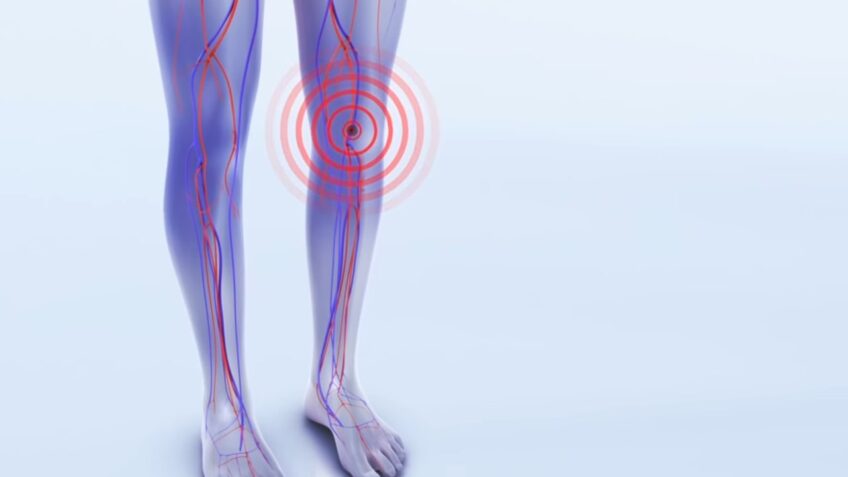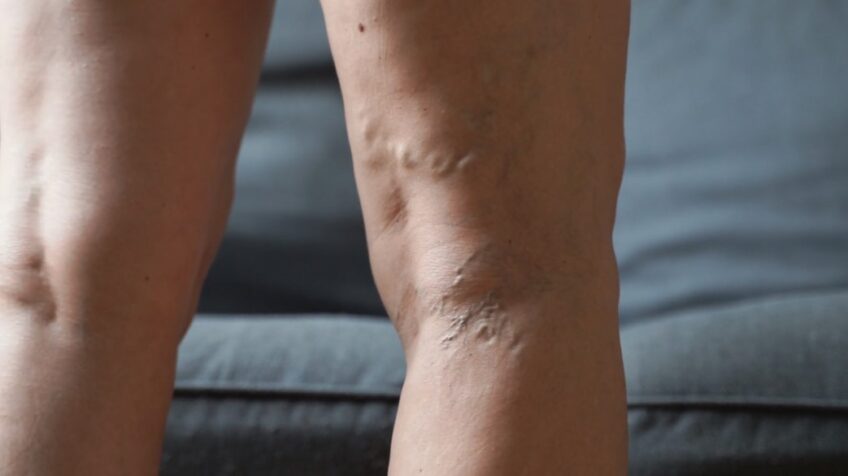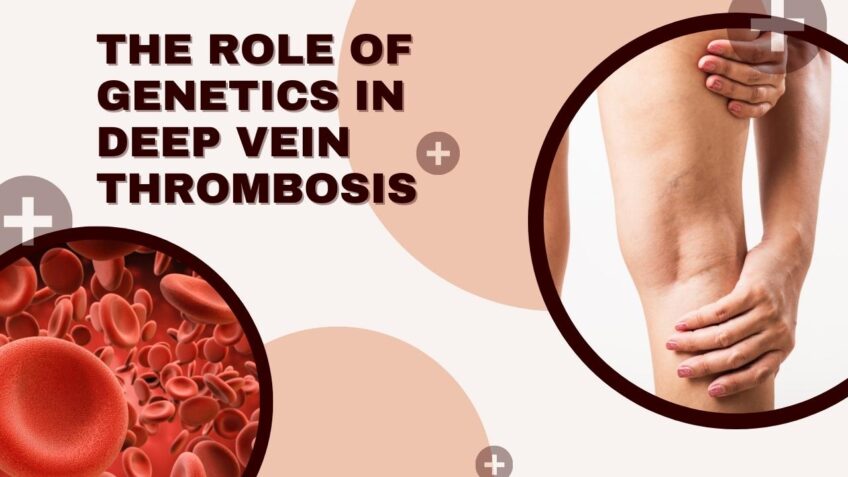Deep Vein Thrombosis (DVT) is a medical condition that occurs when a blood clot forms in a deep vein, usually in the legs. It is a serious condition that can lead to complications such as pulmonary embolism, a condition where a blood clot travels to the lungs and causes blockage of blood flow. There are many factors that can increase the risk of this condition, including genetics. In this blog post, we will explore the question of whether DVT is hereditary.
What is Deep Vein Thrombosis?
As mentioned above, Deep Vein Thrombosis is a condition where a blood clot forms in a deep vein, usually in the legs. It can also occur in other parts of the body, such as the arms, pelvis, or abdomen. DVT can be asymptomatic, but it can also cause pain, swelling, warmth, and redness in the affected area.
It is a serious condition because the blood clot can break off and travel to the lungs, causing a pulmonary embolism, which can cause chest pain, shortness of breath, and even death.
Risk Factors for Deep Vein Thrombosis
There are many factors that can increase the risk of DVT, including:
- Age: DVT is more common in people over the age of 60.
- Obesity: Being overweight or obese increases the risk of DVT.
- Inactivity: Prolonged periods of sitting or lying down can increase the risk of DVT.
- Smoking: Smoking damages the lining of blood vessels and increases the risk of blood clots.
- Medical conditions: Certain medical conditions, such as cancer, heart disease, and inflammatory bowel disease, can increase the risk of DVT.
- Surgery: Major surgery, especially surgery involving the legs, can increase the risk of DVT.
- Pregnancy: Pregnancy increases the risk of DVT due to changes in blood flow and increased pressure on the veins in the pelvis and legs.
Is Deep Vein Thrombosis Hereditary?
While there are many risk factors for DVT, including age, obesity, and medical conditions, genetics can also play a role. There are several genetic factors that can increase the risk of this condition.
1. Factor V Leiden Mutation

One of the most significant genetic risk factors for developing Deep Vein Thrombosis (DVT) is the Factor V Leiden mutation. This genetic mutation causes a change in a protein called Factor V, which plays a crucial role in the blood clotting process.
When Factor V Leiden is present, it makes the blood more prone to clotting, leading to an increased risk of DVT. Individuals who carry this mutation have a higher risk of developing the disease, especially in situations where blood flow is slowed down, such as during extended periods of sitting or bed rest.
It is important to note that not all individuals with the Factor V Leiden mutation will develop DVT, but they do have a higher risk than those without the mutation.
If you have a family history of the disease or have experienced it before, it is crucial to get tested for the Factor V Leiden mutation. While it is a relatively common genetic mutation, individuals who carry it are at a higher risk of developing blood clots, which can lead to serious health complications such as pulmonary embolism.
Taking preventive measures such as exercising regularly, maintaining a healthy weight, and avoiding prolonged periods of immobility can help reduce the risk of DVT. It is also essential to discuss your risk factors with your healthcare provider and follow their recommendations for managing your risk of developing blood clots.
2. Prothrombin Gene Mutation
In addition to the Factor V Leiden mutation, another genetic risk factor for Deep Vein Thrombosis (DVT) is the prothrombin gene mutation. This mutation affects a protein called prothrombin, which is involved in the blood clotting process.
Individuals who carry the prothrombin gene mutation have an increased risk of developing DVT and other blood clot-related conditions. Like Factor V Leiden, the prothrombin gene mutation can cause the blood to clot more easily, leading to a higher risk of developing the disease.

3. Other Genetic Factors
In addition to the Factor V Leiden mutation and the prothrombin gene mutation, there are other genetic factors that can increase the risk of DVT. These include mutations in genes that affect the levels of certain proteins in the blood, such as antithrombin, protein C, and protein S.
It is important to note that while genetic factors can increase the risk of this condition, they are not the only factors involved. Environmental factors such as inactivity, obesity, and smoking can also play a role.
Screening for Genetic Risk Factors
If you have a family history of DVT or have experienced it yourself, you may be wondering if you should be screened for genetic risk factors. Screening for genetic risk factors can be done through a blood test.
However, it is important to note that even if you do have a genetic risk factor, it does not necessarily mean that you will develop the condition. Environmental factors such as inactivity and smoking can also play a role in the development of Deep Vein Thrombosis.
Preventing Deep Vein Thrombosis

If you are at risk for DVT, there are several steps you can take to prevent the condition from developing. These include:
- Staying active: Regular exercise can help improve blood flow and reduce the risk of DVT.
- Maintaining a healthy weight: Being overweight or obese increases the risk.
- Quitting smoking: Smoking damages the lining of blood vessels and increases the risk.
- Wearing compression stockings: Compression stockings can help improve blood flow and reduce the risk of DVT, especially during long periods of inactivity, such as on a long flight.
- Taking medication: If you are at high risk for DVT, your doctor may recommend medication to help prevent blood clots from forming.
Final Words
While there are many risk factors for DVT, including age, obesity, and medical conditions, genetics can also play a role. The Factor V Leiden mutation, the prothrombin gene mutation, and mutations in genes that affect the levels of certain proteins in the blood can all increase the risk of this disease.
However, environmental factors such as inactivity and smoking can also play a role. If you are at risk, there are steps you can take to prevent the condition from developing, including staying active, maintaining a healthy weight, quitting smoking, wearing compression stockings, and taking medication if necessary.
Take care of yourself physically and mentaly, and make sure you eat the right diet to stay healthy. For more tips you can always visit med-anecdotes.com, our doors are always open for you and ready to help!

